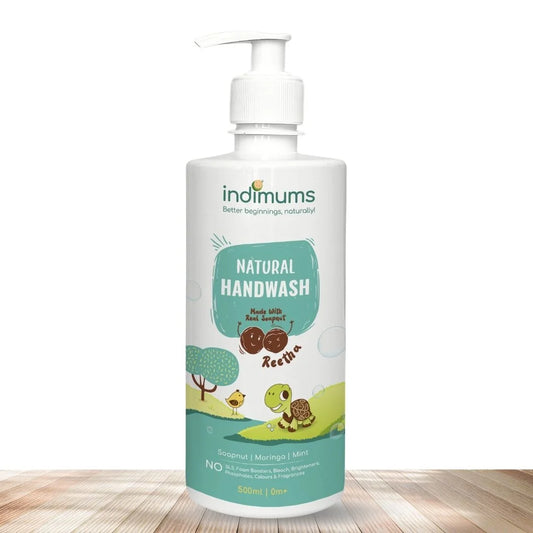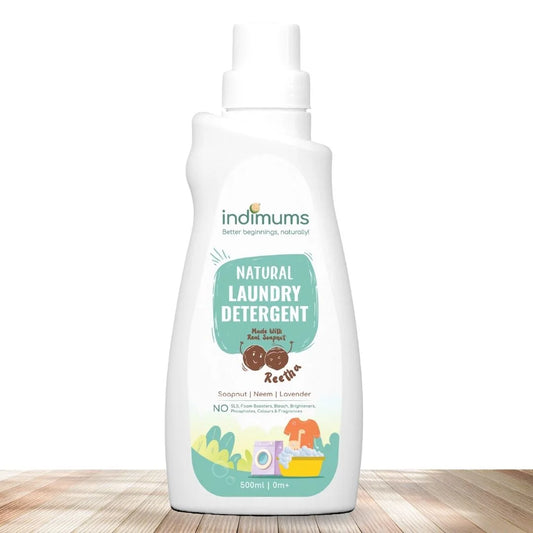Ready to go from breast to bottle? A change in feeding methods can be tricky. Here are five tips to help make transitioning to bottle feeding easier.
Even if your baby is currently breastfeeding, you might want to go from breast to bottle eventually, or you might choose to supplement. Perhaps you want more freedom, need to return to work, or have some issues with milk supply or health. We are here to share tips that can help you switch to bottle feeding and support you during the transition. If you are planning to go for various organic natural products, you are at the right place.
1.Wait until your baby is at least a month old
It is best to wait until your baby is at least three to four weeks old before introducing the bottle. This gives your body time to establish an adequate milk supply and your new-born time to master latching and breastfeeding suck-swallow-breathe mechanics. Any earlier could decrease your milk production, which could be an issue if you are not planning on switching to formula completely.

2.Get the right equipment
Orthodontic, flat-topped, and vented nipples. Angle neck, anti-colic, and wide neck bottles. It may seem like you need a whole new vocabulary to understand all the different nipples and bottles. But that means you have plenty of options for feeding your sweetheart. All bottles and nipples are not the same. They come in various sizes and shapes, and babies can have their preferences. It may take some experimenting to find the ones that work best for your baby. Although there is no “right nipple shape, the nipple’s hole can make a big difference. If it is too big, it might cause your baby to gag. If it is too small, it may be difficult for your baby to draw out liquid. As for bottles, you will want to compare materials, neck shape, ease of cleaning, and special features designed for babies with different feeding needs. Now get a Plant-Based and organic Bottle Cleaner with the goodness of natural ingredients right here.
3. Try bottled breast milk first
Going from nursing to a formula bottle can be a big change for a little one who has been breastfeeding exclusively. Some moms ease the transition by feeding their baby breast milk via a bottle. This helps babies adjust to this new feeding method before changing over to formula exclusively.
4. Offer a sample
Give your baby a few drops of bottled breast milk or formula on their lips as a sample. Offer more if they show an interest or hunger cues.

5. Maintain your milk supply
Nursing naturally stimulates breast milk production. Hence, the more you bottle feed, the less breast milk you may produce. If you are supplementing and want to increase your milk supply, try to: -Pump after formula or expressed milk feedings and between feedings. Empty breasts completely. -Switch breasts throughout nursing sessions. -Ask your doctor about herbal lactation supplements, also known as galactagogues. Three popular ones are fenugreek, blessed thistle, and alfalfa. -Talk to a lactation consultant to get some pro insights on what could be causing your low milk supply and what you can do about it.





